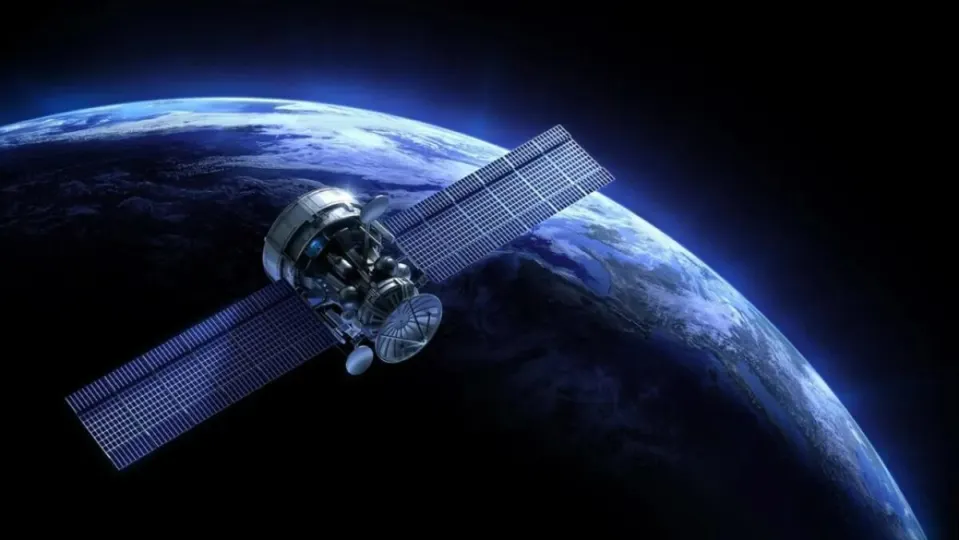Satellites are humanity’s great allies, helping us in meteorological, communication, navigation, and even space observation tasks, although when their propellers run out of fuel, they can no longer maintain their orbit and inevitably fall into the atmosphere, becoming space junk.
But this could be about to change. An initiative by the Princeton Plasma Physics Laboratory (PPPL) of the Department of Energy and academics from George Washington University (GWU) is developing prototypes of electric propulsion systems that generate energy from the scarce air at the outer edges of the atmosphere, and that could propel satellites in very low Earth orbit (VLEO) without the need for conventional thrusters (in theory).
The “air-breathing electric propulsion” (ABEP) is a system in which the satellite emits gases on the go using the air it flies through. The operation is simple: a device on board a VLEO satellite draws air from the upper atmosphere and channels particles into an ionization chamber to create plasma. The resulting charged particles can be accelerated outward to propel the spacecraft.

The issue is that these systems, whose development has received funding of $400,000 from the US Defense Advanced Research Projects Agency (DARPA), only work in very low Earth orbits, at altitudes of 100 kilometers, where there is still enough weak atmosphere to collect air.
“In VLEOs there is available air. So, instead of launching rockets with these propellants – like xenon, krypton or argon – we can use what is naturally available: air”, explained Yevgeny Raitses, principal research physicist at PPPL, who leads the project. “This should allow us to reduce the mass of satellites or allocate the mass difference to other aspects of the device. It could also extend the device’s lifespan“.
Michael Keidar, a professor at GWU who runs a micropropulsion and nanotechnology laboratory and works on this project, wrote previously: “In addition to the payload advantages, these altitudes are not crowded, provide a rapid drop into orbit to maintain the environment, resistance to difficult-to-propagate orbital dynamics, and provide the propellant – air – for air propulsion options.”


